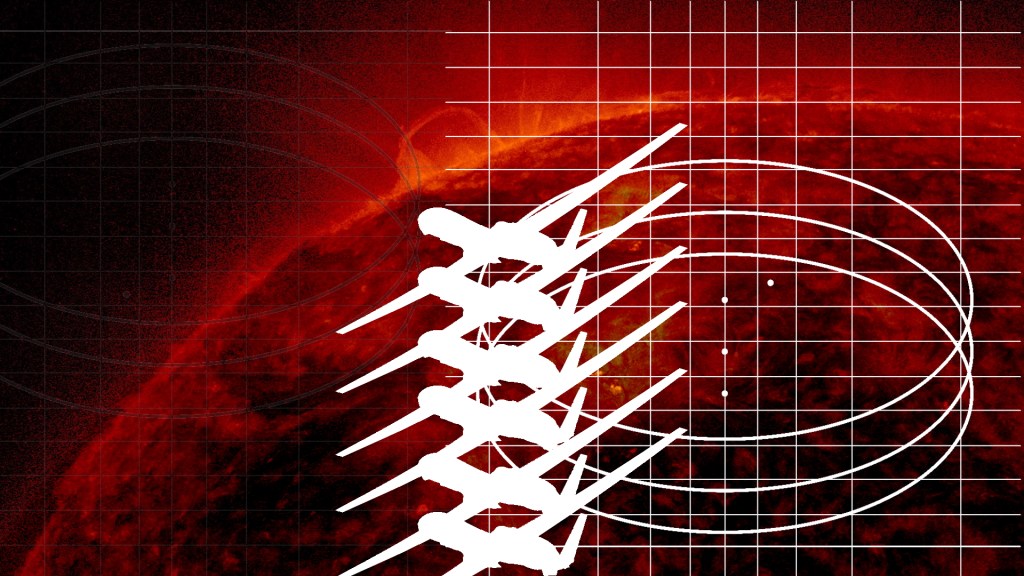From confronting to confounding: The IMA celebrates 50 years
The Institute of Modern Art in Brisbane has charted its own course – confronting and confounding us in equal measure along the way.

When the Institute of Modern Art emerged in 1975 to profile contemporary art and ideas, it sprung from a much smaller institutional art ecosystem.
The IMA set out to challenge the local and narrow framework presented by the Queensland Art Gallery of that time. It was, outside the state institution, a growth period for art in Brisbane – the private Johnstone Gallery (1950–1972) presented a strong and popular program of contemporary painting, sculpture and design and was followed by Ray Hughes Gallery, which began in 1972 after an earlier iteration (with Ian Reece) in 1969 as Gallery OneEleven.
The University of Queensland Art Museum was established with founding director Dr Nancy Underhill in 1976. Each of these and other art-interested entities operated with a necessary level of push back against the conservatism of the Bjelke-Petersen government (1968–1987).
From the outset the IMA exhibited contemporary art and ideas in a landscape with a broader global reach. While changes to the art landscape have been exponential in the intervening 50 years, what has not changed is the IMA’s ambition to purvey an international perspective from a Brisbane base.
‘We have a program that’s powerful and are keen to give it a wider reach’
Director Robert Leonard says that “throughout its history, the IMA has tracked and participated in changing paradigms in the art world”.
You might like
“Going forward, it’s interesting to think about what’s been crucial for us in the past and how that relates to new changes in art and culture,” Leonard says. “On our 50th anniversary, we’re thinking about how to set up the IMA for the future.”
Among Leonard’s objectives are a more public profile for the IMA and greater visibility for the organisation
“We have a program that’s powerful and are keen to give it a wider reach,” he says. “That’s not about softening the program, but opening it up to a larger audience.”
The 50th celebrations have spanned the year with events and exhibitions offering critical reflection, parties and a new publication to be launched in 2026. The latter, authored by Dr Sally Butler, promises to canvas “eyewitness accounts, secret histories, resuscitated repartee, anachronisms and revisions” to “uncover the truth of the IMA including some (previously) hidden histories”.
Leonard won’t be drawn on what these documents might reveal. “I don’t know – Sally Butler is writing and I haven’t seen the text,” he says.
The years have been studded with significant exhibitions by artists both local, national and international. This history will yield rich material – politics, partisanship, courage and conviction – the art world draws individuals who care deeply and passionately about ideas. Exhibitions have included Robert MacPherson, Bonita Ely, Juan Davila, Judith Wright, Judy Watson, David Noonan, and Jake and Dinos Chapman. There’s been a line-up of directors whose trajectories have proven similarly influential.
Subscribe for updates
In the meantime, the IMA continues to present strong work by emerging and established voices. Sydney-based Wiradjuri artist Joel Sherwood Spring presents Diggermode 2, an exhibition that follows his first work along this theme which won the Churchie Emerging Art Prize (Brisbane) in 2022. Commissioned by the IMA, it spans two large rooms. Part of this work will also be seen in the Adelaide Biennial in early 2026.

Working largely in video, Sherwood Spring finds accessible technologies offer immediacy for his enquiries into identity and capital. In Diggermode 2, individual lived experience testimonies are used to articulate his historical concerns about these industries.
“The desire for indigeneity globally and contextually in Australia is connected to the desire for minerals,” he says. “The IMA project has been about finding meaningful, funny, interesting ways to draw out connections between those ideas, largely about how they connect to a conversation that people are familiar with, around identity and progressive identity formations in an information age.”
Also on at the IMA at the moment is Confronting Femininity. Curated by Robert Leonard with Sal Edwards, this exhibition explores the ways that three female artists (each born in Brisbane) from different generations confront and transcend feminine norms – their work presents “femininity in extremis”.
Michaela Stark (b.1994) is now based in London. Her photographic works record bodies (mostly her own) captured in extremis. Handmade corsets carve into her flesh, which is also tied and physically manipulated into painful-looking configurations that create body as shiny hillocks of flesh-like landscapes. She has been profiled by Harpers Bazaar for taking the constraint of fashion into a radical aside – for her own rebellious contemporary art purposes. In August her Instagram feed featured a handmade corset laced down the centre back, used to sculpt “the first letter of my name with my back fat”.
Natalya Hughes’s (b.1977) recent paintings also profile excess, albeit focussed on decorative and historical costumery – celebrating, with “fetishistic focus”, the pleats, folds, bows and ruffles of garments with bodies removed.
And the images chosen from Rosemary Laing (1959–2024) are powerful photographs that deserve to be better known. Her A Dozen Useless Actions for Grieving Blondes 10 (2009) capture explosive emotion up close, expressed by attractive young blonde women – without context – outside the “useless” deprecation in the title.
Diggermode 2 and Confronting Femininity continue at the IMA until December 21. Toshio Matsumoto’s 1969 film Funeral Parade of Roses, exploring the underground gay scene of 1960s Tokyo, will screen three times daily over the same period. The IMA Zine Fair is on October 11 and the IMA Anniversary Gala and Benefit Auction is on October 31.

